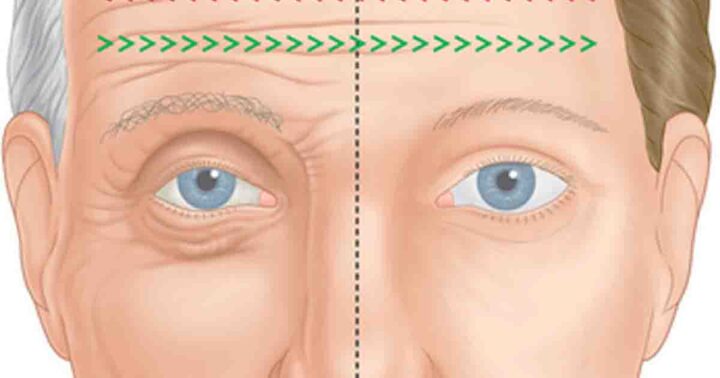Cardiovascular disease is the leading cause of death in the United States with one person dying every 34 seconds due to an underlying heart condition.
To avoid becoming part of these statistics, you must take responsibility and preventive measures to avoid severe heart complications.
Signs and symptoms that your heart may be in trouble!
- Swelling in lower limbs

You may have something called edema; this condition causes the appearance of puffy legs, ankles, and feet. Edema occurs because too much fluid is trapped inside your body’s tissues.
When you press your skin, it might produce a dimpling effect known as “pitting.” Edema is one of the initial signs of congestive heart failure due to sodium and water retention.
Those with edema should regularly raise their legs and keep them elevated when they get the chance, so that fluid can flow back to the rest of their body. Wearing compression garments and reducing your salt intake can also be of help.
- Hair loss

Have you been losing your hair, not just on your head but on your legs too? Studies have shown that hair loss on your legs, especially your shins, and thighs, is a vital sign of peripheral artery disease, a condition where the arteries in your legs become blocked. Your blood is responsible for supplying nutrients and oxygen throughout the body, and when there is restricted blood flow to the legs, the hair follicles fall short of these vitals, affecting your hair growth.
Peripheral artery disease is dangerous and requires immediate attention. If one of your arteries is partially blocked, then there is a fair chance other arteries could be blocked too. Blockages occur due to the buildup of plaque deposits in your blood vessels and can lead to heart attacks and stroke.
- Yellowish deposits on the upper eyelids

Those with cardiovascular issues often develop small light-colored plaques or papules on the upper eyelids, which are lipid-rich deposits primarily made up of cholesterol. This condition is called xanthelasma. Around 50% of people with xanthelasma have unbalanced lipid profiles, meaning their HDL, LDL cholesterol, and triglycerides levels are on a roller coaster ride which can be extremely harmful to your body. High LDL cholesterol and triglycerides can cause plaque buildup in your arteries, restricting the blood flow to your heart and hampering its ability to pump blood effectively, leading to cardiac issues.
- White or gray ring around the outer part of the cornea

This grayish outer ring is called arcus senilis and is a build-up of lipids, mainly cholesterol. The cornea is the outer layer of your eye which is transparent and round. Beneath the cornea lies the iris, the colored part of your eye that controls the amount of light that enters your pupil.
Arcus senilis can make it seem like your iris has two colors, but it is the cornea’s discoloration due to high cholesterol. This common age-related condition is mostly harmless and doesn’t necessarily require medical intervention. However, those below 50 years with a gray ring around their cornea might experience dyslipidemia, a condition where they have high cholesterol (LDL or bad cholesterol) and triglyceride levels.
- Poor healing leg ulcer

Leg ulcers are open sores on the skin, often caused by an injury. They are normal and can happen to anyone; however, there is cause for concern if the sore takes longer than expected to heal. In such circumstances, you are most susceptible to bacterial infection, which can lead to sepsis. Sepsis is your body’s extreme response to an infection and is life-threatening.
Poor blood circulation slows down the healing process, making your wounds chronic. Blockages of blood vessels can cause such alterations in blood flow due to the development of plaque in the inner lining of your arteries. This is known as atherosclerosis.
This damage could also occur due to diabetes because high blood sugar can damage your arteries and have the same effects as peripheral artery disease.











